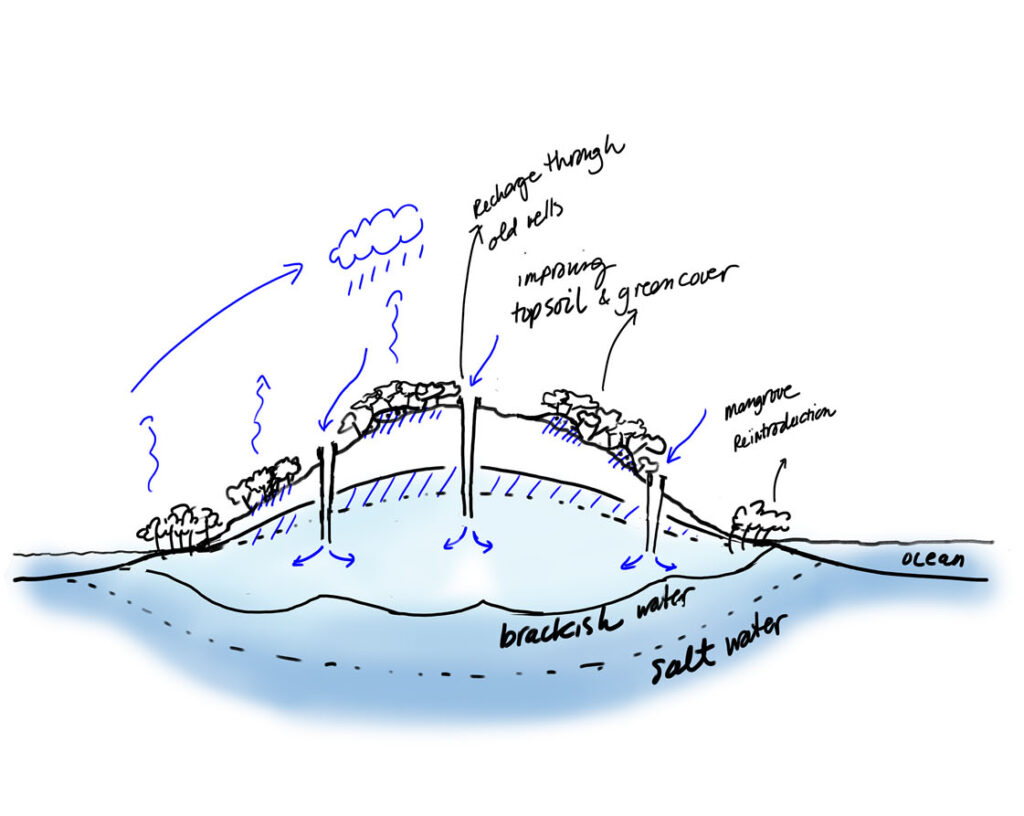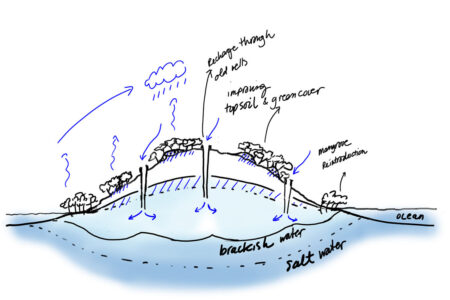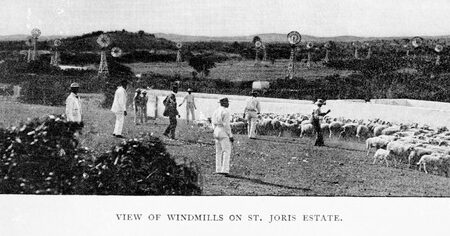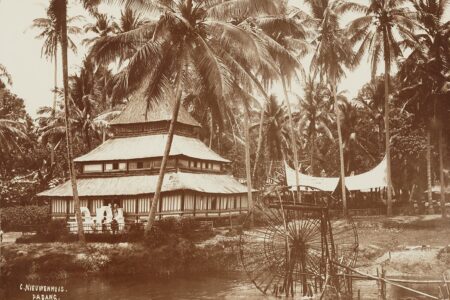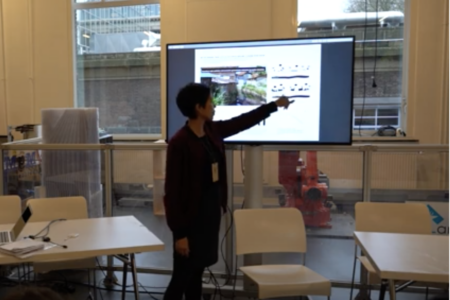We recently presented our nature and heritage inspired water sensitive urban planning principles for Curaçao ‘Room for the Rooi‘ to the Committee for Integrated Water Management (CIWMC). With a nod to the Dutch flood water strategy ‘room for the river’ we propose a ‘room for the rooi’ strategy.
Room for the Rooi / Ruimte voor de Rooi strategy
The historical networks of ephemeral streams a.k.a. rooien and dams were already cultivated in pre-columbian times. Rooi-systems are often neglected or disturbed during urbanisation and land use changes. This development has resulted in significant reduced water retaining capacity and increased flood risk during heavy rain. Because of their importance the integration and coherence with the rooi-systems has become central to our heritage and nature based water sensitive planning strategy. The Room for the Rooi strategy is based on 3 lessons from the past for the future.
Short term-measures for water resilience
The CIWMC members welcomed the results and expressed their wish to explore collaboration in the near future. The committee members were however also very interested in what we propose as short term measures to achieve water resilience. During the meeting we discussed three short-term measures and avenues to achieve water resilience.
#A protected buffer around ephemeral streams
Create a legally protected buffer zone around rooien and dams. This way plans form developers as wel as public authorities are ‘flagged’ when they are in the ‘sphere of influence’ from the vulnerable rooi-system. This requires from the initiating parties to investigate and proof how they take the historical, natural and cultural assets into account in their plans. This will help to promote the rooi- and dam system as an important stepping stone for integrated water management and greening strategies.
#Integrated multiple land use planning
Open and public spaces such as parks and open sports areas but also carparks in urban and sub-urban areas should be made suitable and available to serve as stormwater retention areas during storm season. This should be developed with the natural stormwater runn-off patterns of the terrain in mind.
#Public awareness and participation
To achieve water resilience planning regulations alone are not enough. Increasing public awareness and engagement is essential. Sharing the wealth of tangible and intangible water related heritage and stories is an important
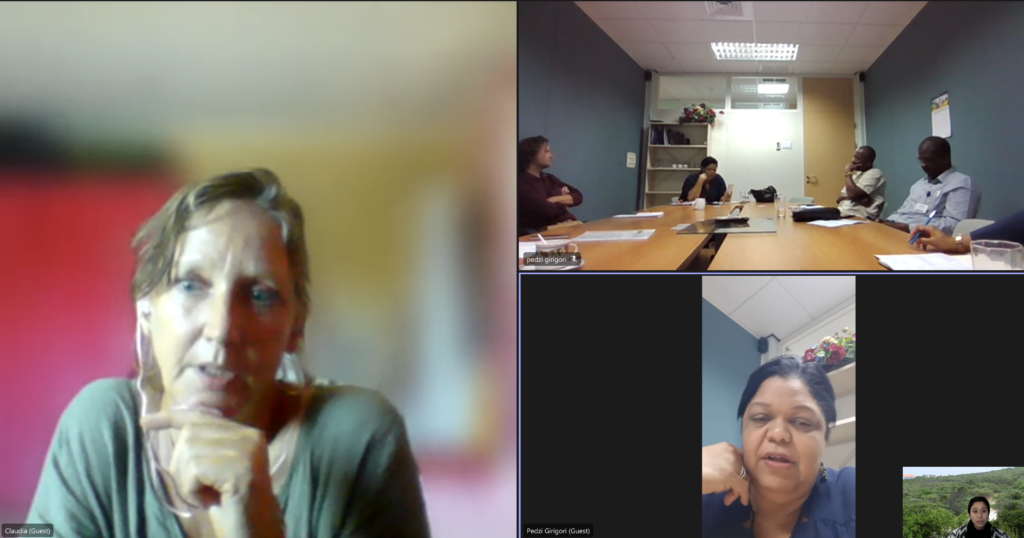
Online meeting with the Cie Integrated Water Management Curaçao. Amongst other Chairwoman Venessa Toré, Pedzi Girigori, Frans Werleman, Benjamin Visser and Thirsty Cities team members Claudia Kraan and Suzanne Loen attended the meeting.
